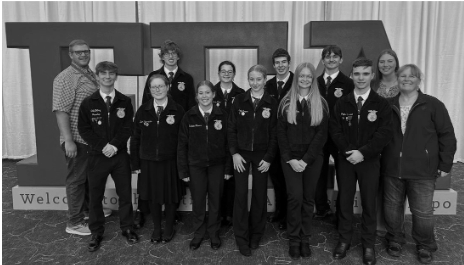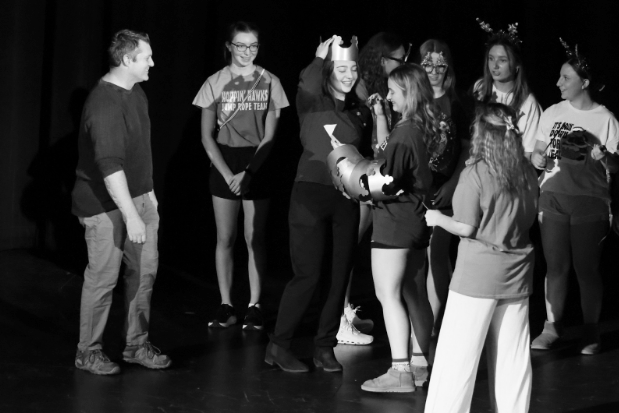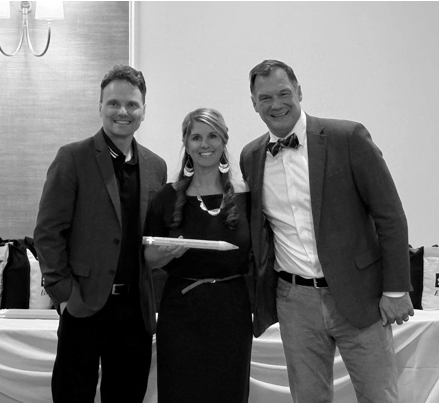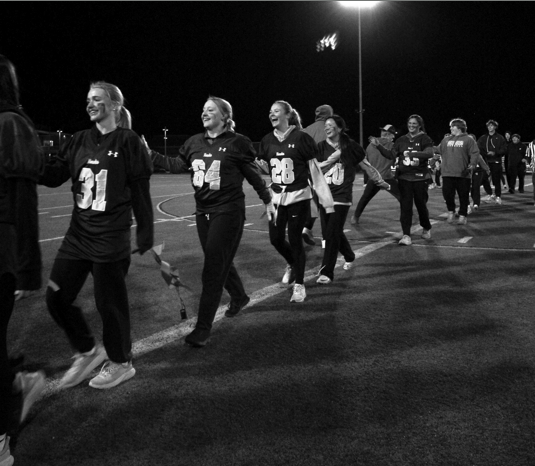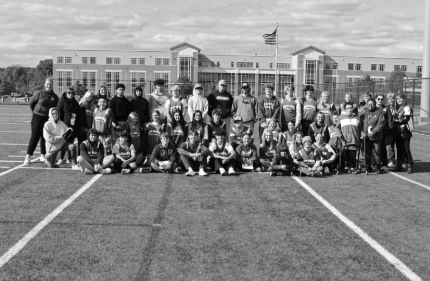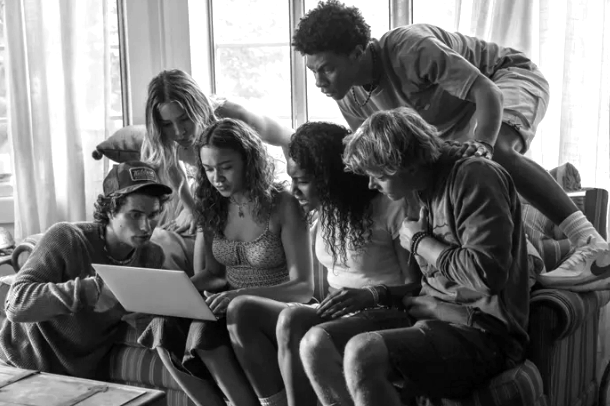Creative Writing 2/3 class creates children’s books; Students read to kindergarten students
April 21, 2022
In a recent Creative Writing 2/3 unit, budding authors created children’s books that would eventually be read toNorth Harford Elementary School students.
The process to create these books started with students drawing inspiration from the novellas they were previously working on. Senior Courtney Warns explains that they also had to “study children’s literature before starting by analyzing the concepts and focuses of other children’s books.”
Similar techniques were utilized in the creation process. Senior Annika Peterson used a “rhyme scheme and let that guide the story.” The rhyming technique was popular among the students. Senior Clare Cummings utilized this technique each line because “the rhythm helps the kids to stay focused and interested.”
Inspiration for these stories were drawn from many sources. Warns said she drew inspiration from a previous poem and Peterson drew inspiration from “the little bears on the celestial seasonings sleepy time tea boxes.” Although Peterson admits it was difficult to come up with an idea “I wanted to make something with a sweet message that would also keep young readers interested.”
Peterson’s book was about a little bear that wakes up to find his mother sick in bed and decides to help by making a cup of tea, so he travels the world to find the perfect one. The bear struggles to find tea and returns home empty handed. “But in the end, the mother bear is totally chill and is only concerned with hearing a story of his journey,” said the author.
The books were either created digitally in a completely online format or a physical handmade paper book. Cummings enjoyed creating the physical book because “it gave the kids something tangible to see and hold.” On the other hand, Warns created a digital book and fought through the issues of making a “good story that has an underlying message or moral but also intriguing and realistic.”
When the students traveled to North Harford Elementary School to read their books many enjoyed displaying their finished products to the young readers. Warns describes that in addition to reading the stories “we also asked the kids to tell us a story which was interesting to hear how they interpret the world.” She continues to explain how the elementary school students have “no boundaries when it comes to reality and fantasy.” Cummings enjoyed the involvement of the kindergarteners, and they did “a great job listening and asking questions.” Peterson adds that it was “heartwarming to see them get so excited over our little handmade stories.”
